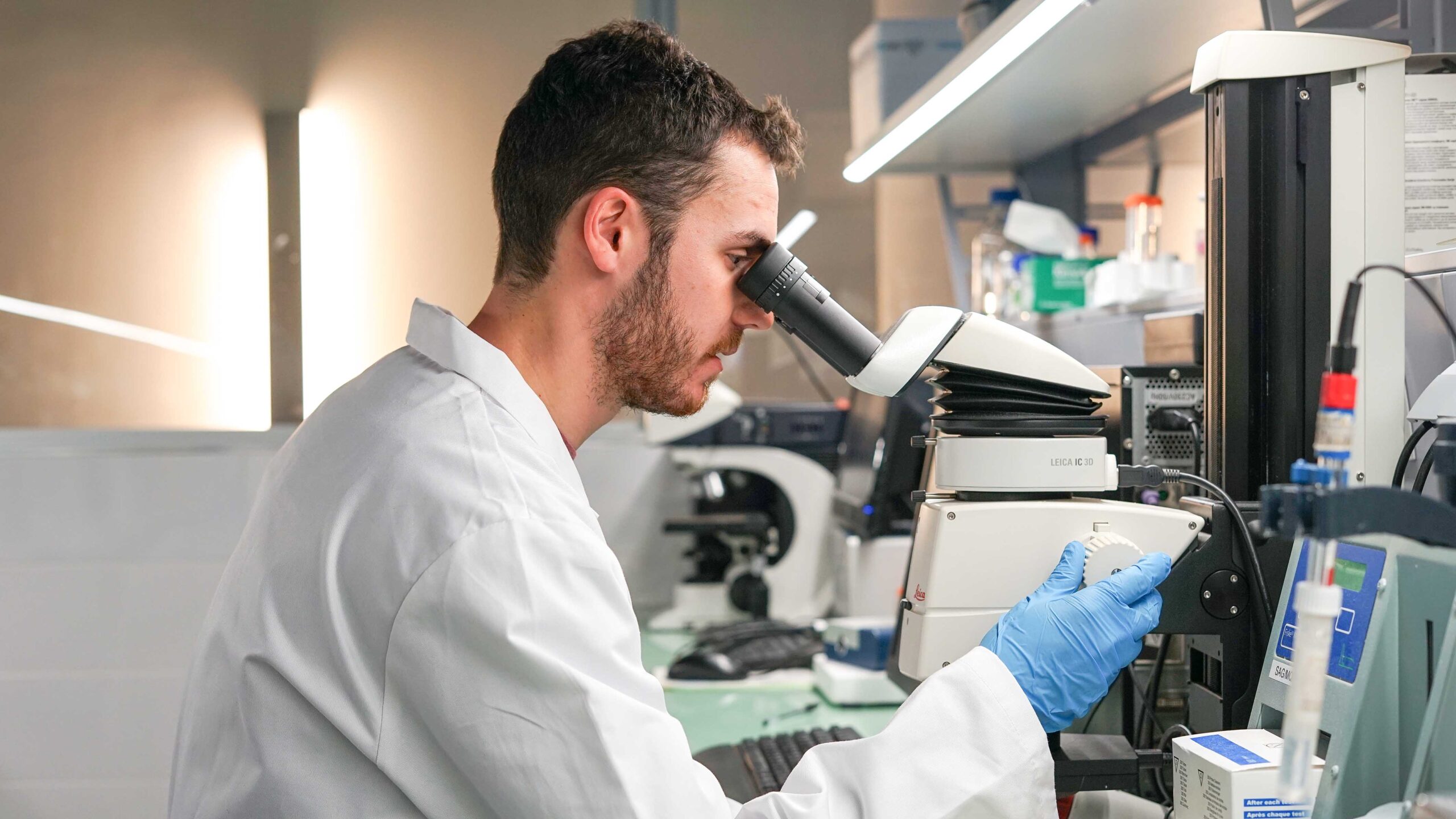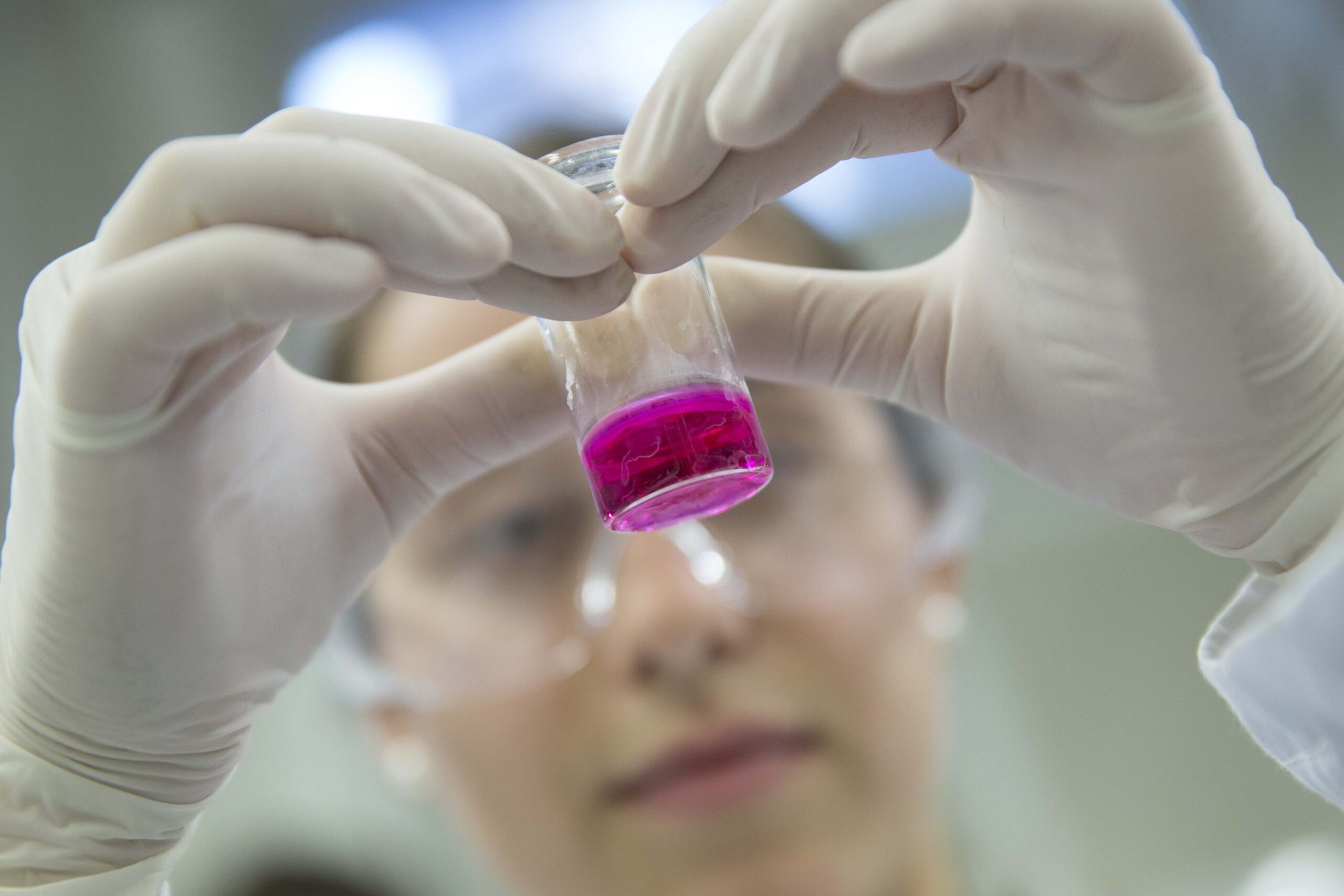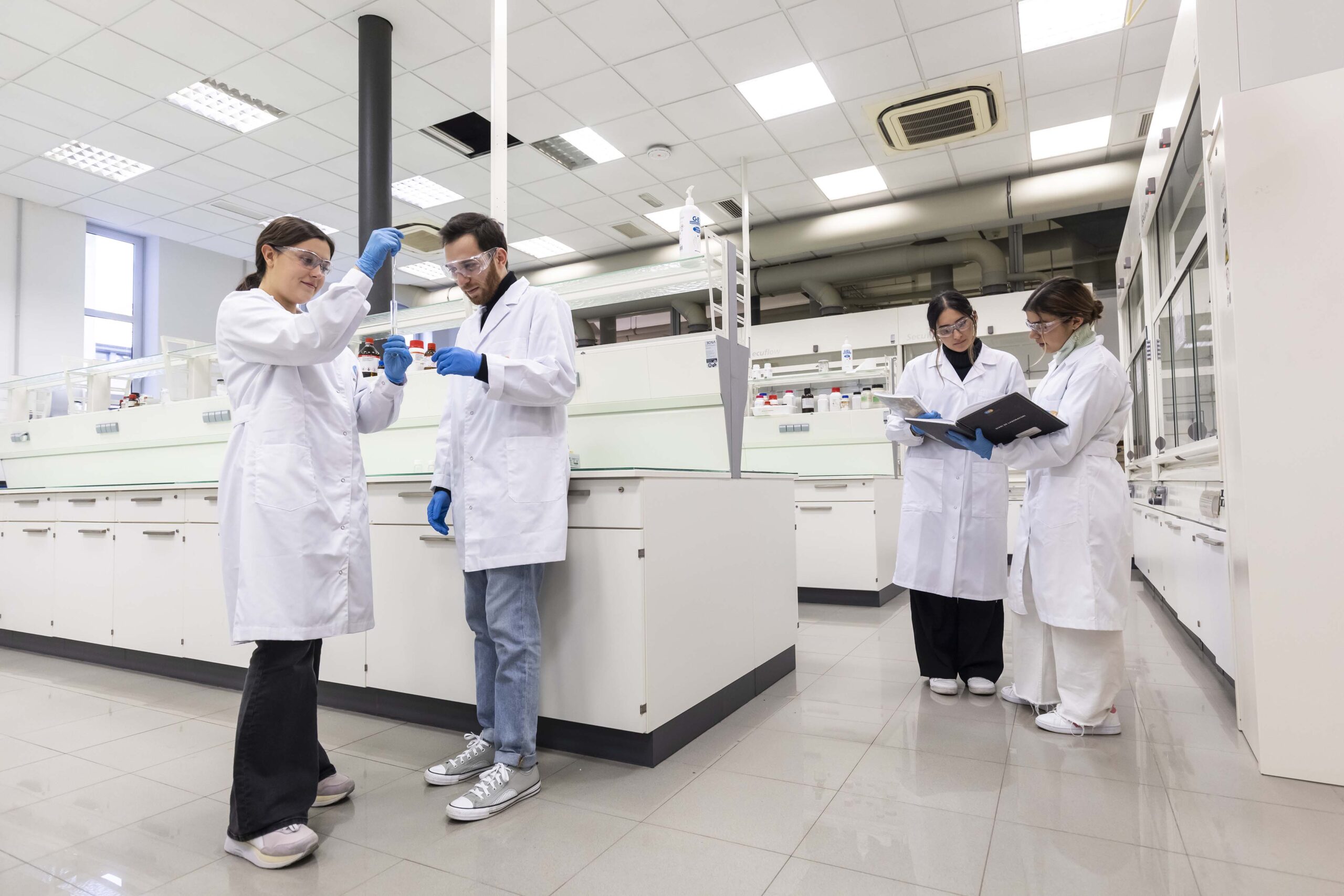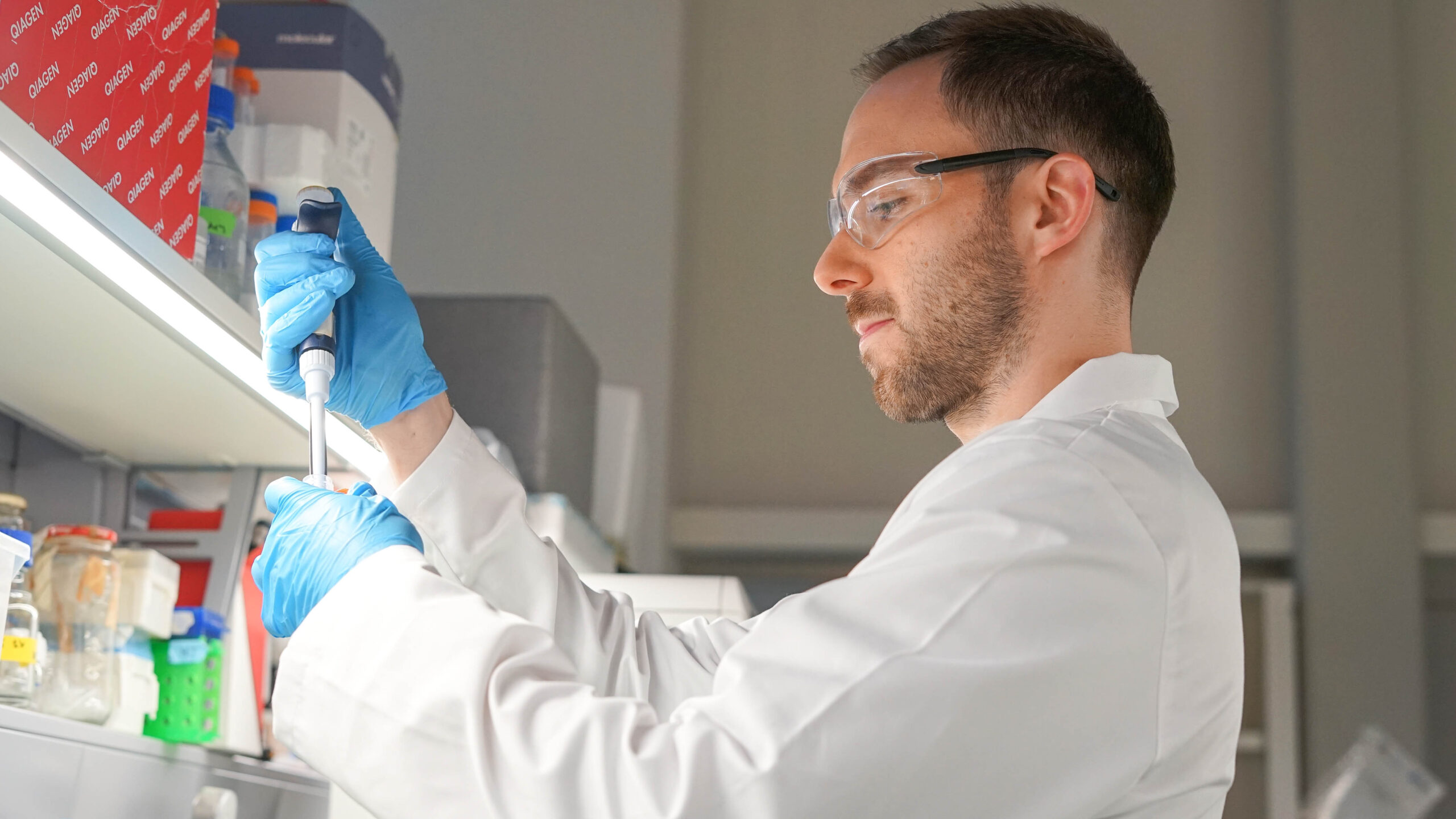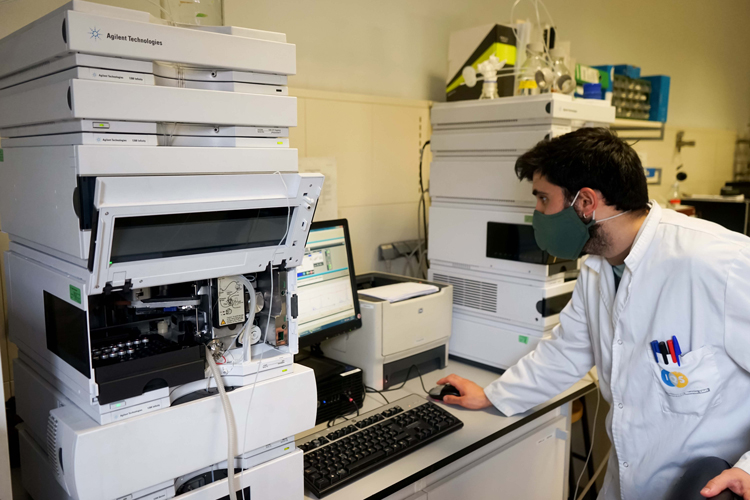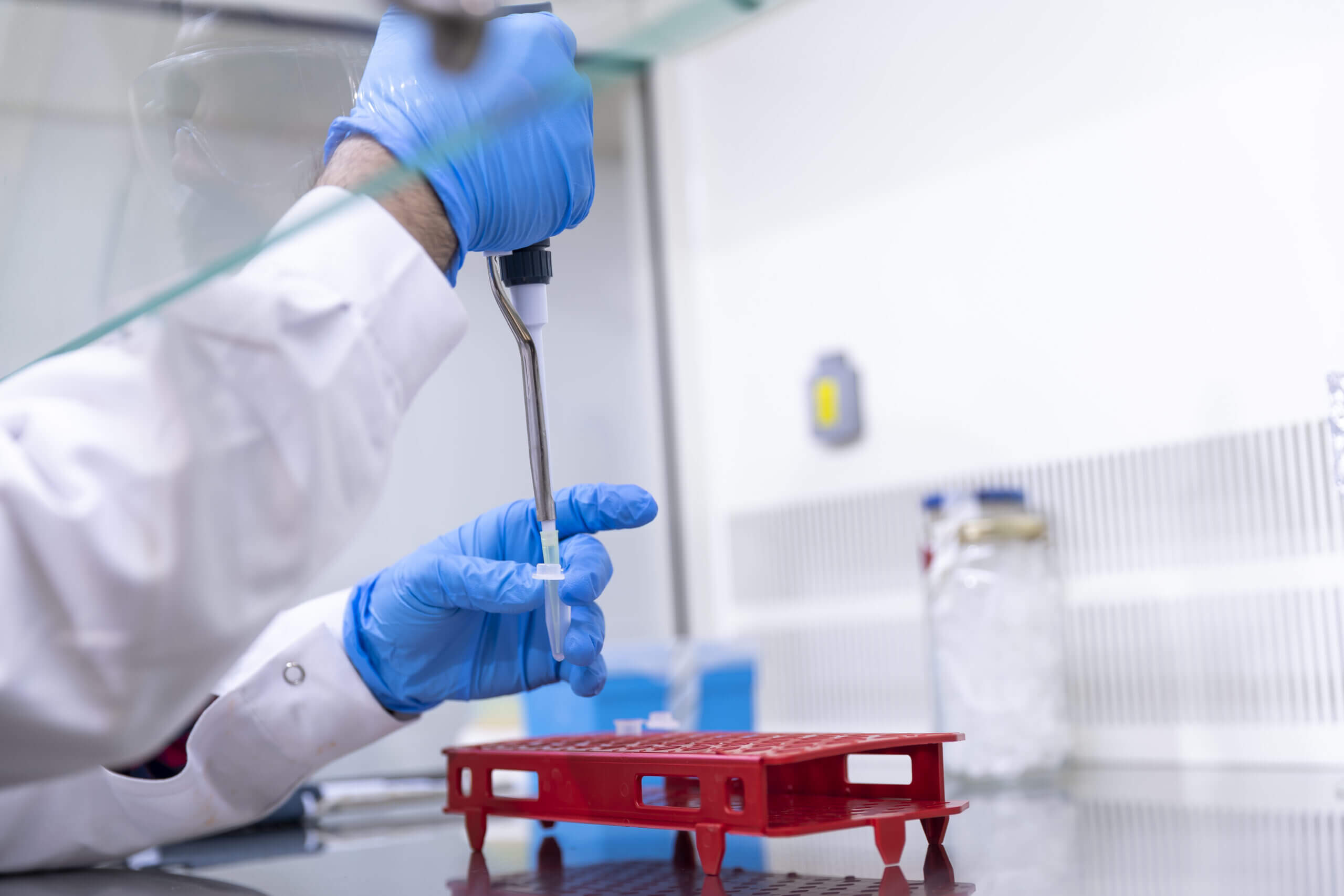The Biochemistry Laboratory at IQS has analysis techniques to verify if the protein hydrolysates comply with European standards which limits the presence of proteins with a molecular weight over 10kDa

Protein hydrolysates are products that are obtained from the partial or total hydrolysis of animal or plant proteins, using enzymatic methods, for example. These products are frequently used in food for animals (preparing the feed) and humans (preparation of soups or similar products).
As a result of the crisis in 1982 due to the appearance of bovine spongiform encephalopathy (also known as mad cow disease), European standardisation was required both for the manufacture of proteins for animal feed and for accepted limits for the presence of the infectious agents known as prions (proteins over 10kDa), which are what cause the transmission of these diseases.
The EU established a regulation1 which limits the presence of proteins with a molecular weight over 10kDa, but it is ambiguous and lacks clear criteria. For this reason, the Department of Agriculture, Livestock, and Fisheries (DARP) of the Government of Catalonia in collaboration with the Biochemistry Laboratory at IQS established specific criteria to apply the European regulation on the production of protein hydrolysates for animal feed. Producers must meet these criteria in order to be authorised and to be able to market their protein hydrolysates.
Analytical technique for protein hydrolysates
The Biochemistry Laboratory at IQS, under the supervision of Dr Antoni Planas, is a leading laboratory to evaluate whether animal protein hydrolysates are extensive protein hydrolysates that comply with European standards: the sample must have a solubility of greater than 870% and the soluble fraction must contain more than 85% of proteins less than 10kDa.
The analysis technique includes the following stages:
- Solubility study of the sample through gravimetry.
- Tangential flow ultrafiltration of the soluble fraction with a 10kDa membrane.
- Analysis of the total sample, the retentate, and the filtrate through denatured gel electrophoresis in order to visualise the protein profile.
- Quantitative determination of fractions of more and less than 10kDa, through HPLC molecular exclusion chromatography.
These analyses are required to certify compliance with European regulations. They are also required for the DARP to authorise the marketing of the protein hydrolysates, both in the case of requesting authorisation for the production of a new product, as well as for the export of these products to European countries, for example.
1 Regulation (EC) No. 1069/2009 of the European Parliament and of the Council of 21 October 2009, modified in subsequent revisions, including Commission Regulation (EU) 2017/893.
